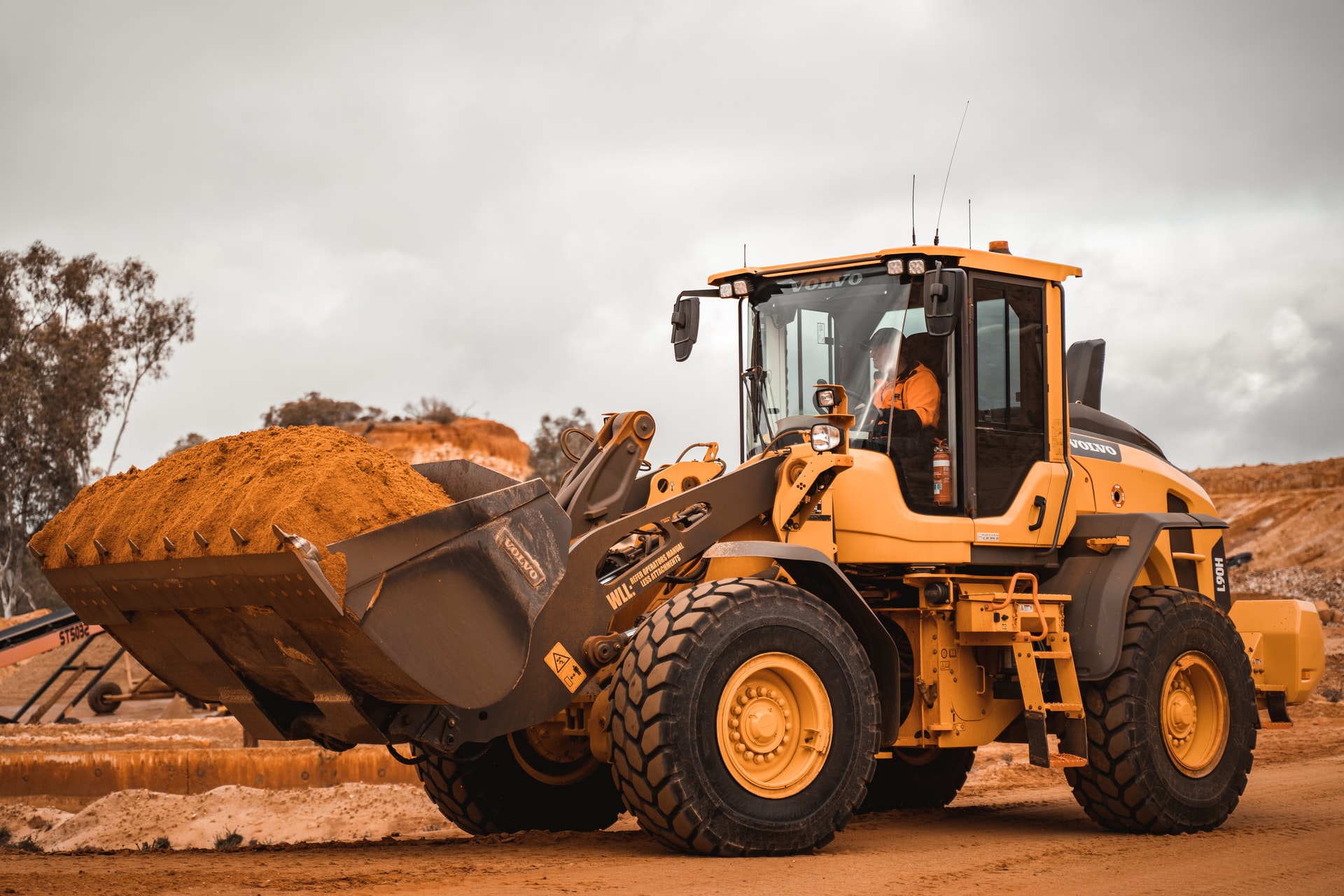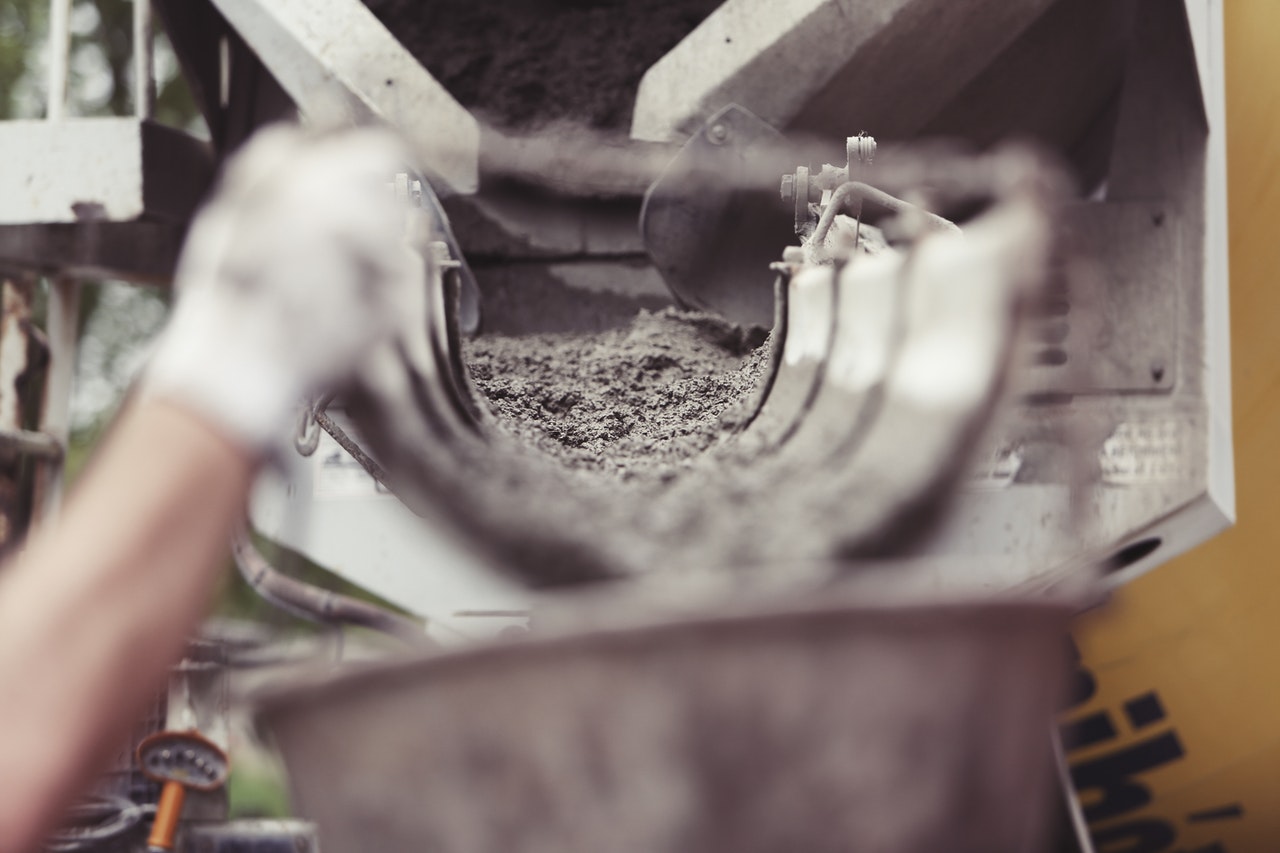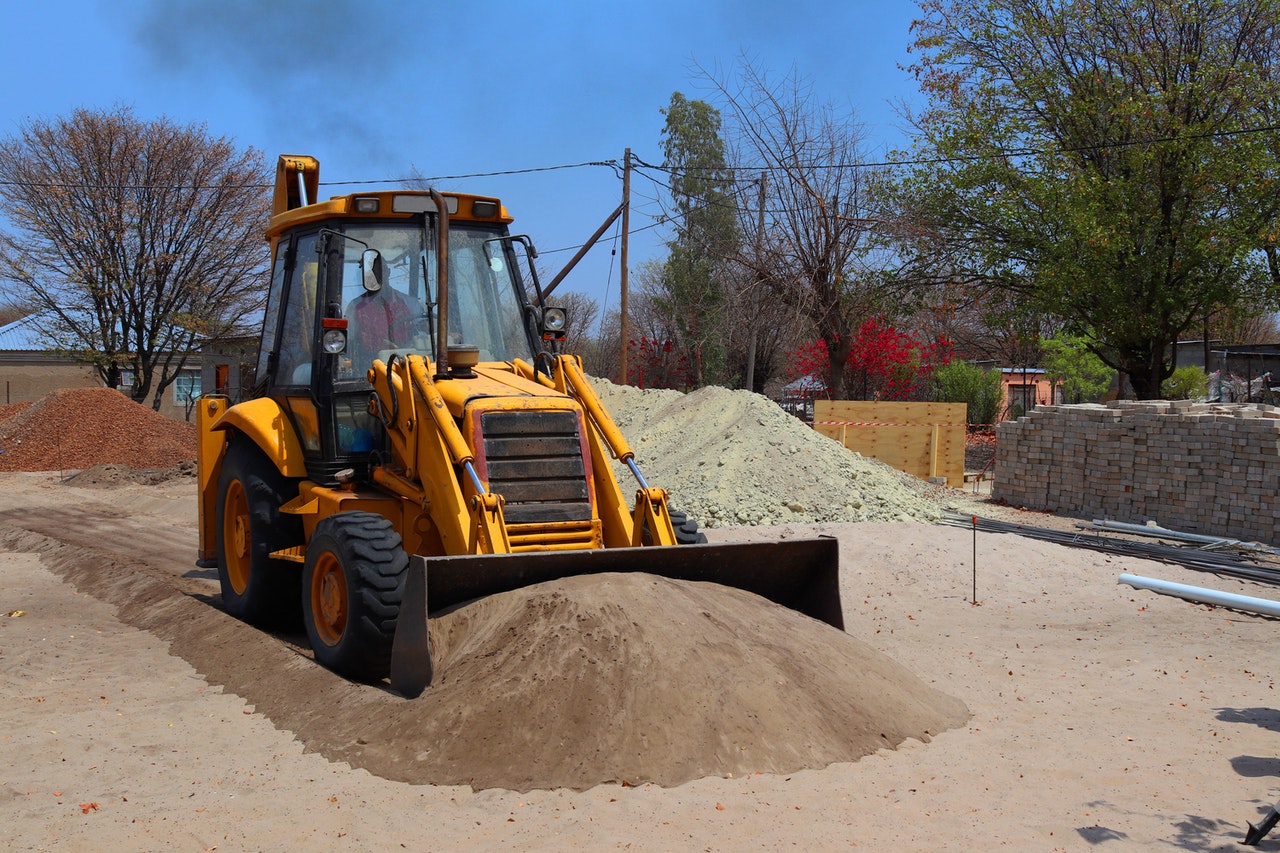Residential and Commercial concrete pumping services
Concrete line Pumping, line (hose) will start from the truck and continue continuously till its endpoint – which is generally an elevated location such as upper floors of buildings, bridges, etc. It has flexible joints attached with steel wire and clamps at those joints for safety purposes to make sure no leakage occurs in between. These flexible joints allow a few meters of free play at each joint so that concrete pumping lines can follow undulations on the ground while going up slopes or moving around obstacles without any hindrance. Our concrete pump operators carry all equipment including hoses to the most suitable location with our concrete pump truck and set it up close to the intended work site and concrete mixer truck. Here the line pumps will be connected together to match the acquired distance where our customer needs the correct mix of concrete delivered.

Concrete boom pump method

Concrete boom pump service in itself is a very simple and efficient method of pumping concrete and very easy to use. It employs many pumps that operate in tandem in order to create a smooth flowing effect. The water and aggregate mixture flows from the first pump through the extruder heads where it is combined. This makes up your Concrete mix which then proceeds to exit the nozzles situated under high pressure onto the ground at speeds of up to 25 ft/min (7.6 m/min). To give you an idea of how fast these trucks move concrete; when they are traveling at their maximum speed of 25 ft/min they can cover a distance of over 15 meters in just 4 seconds. Delivering you fresh concrete to your desired location on site.
Concrete boom pumps are special forms of concrete pumping systems. They work through long hoses which can reach far distances. A concrete boom pump often uses the same hose as the regular concrete pumping system, but adds an additional wheeled mechanism to move it along, with a concrete dosing tank attached to one end and a nozzle on the other end made into trailer attachment or mounted directly onto self-propelled booms. The majority of these machines are mounted on an all-wheel-drive truck chassis for easy road transport to worksites.
Besides this equipment being highly mobile, they also allow more accurate application than standard concrete pumping trucks since they have adjustable booms which can be raised or lowered depending on the height of the wall is poured This also allows the pump to be moved vertically, whether it is pumping up or down, which means that you can use them for working at almost any height.


Concrete pumping is the method of transporting concrete to a location without mobile mixers. A pump works by sucking concrete in one end, compressing it inside the pump, and discharging it through the hose at another location. Concrete pumps are available in different sizes with different carrying capacities depending on what task they are assigned to perform.
Most methods of pumping require either an elevated tank or tower to contain the hose for continuous flow over long distances. The most common type of construction nozzle is commonly referred to as a “wiggle-tail” nozzle due to its distinctive shape when viewed from behind. This wiggle-tail design features an angled cone that distributes material equally across its opening while reducing wear and tear on itself.
How does it work?
What makes your Concrete Pumping different?
Our Nottingham Concrete Pumping has been servicing the local area for over 20 years with solutions to your concrete pumping needs. We provide safety, quality service, and cost-effective methods to every building project we work on. Our expertise helps us provide our customers with a total solution for their concrete line pumping, and boom pumping requirements, and construction needs.
What are the advantages of concrete pumping over traditional methods?
Concrete pumping allows the opportunity to avoid heavy machinery and work in areas that would normally be difficult or dangerous to reach by other means.
What is the cost of having concrete pumped?
The costs will vary depending on many factors such as distance, type of material, and how much you will need. As a rule of thumb though, most companies offer free estimates so it’s best to get one sent out before hiring a company for the job.
How long does it take to pump concrete?
It can take anywhere from an hour up to 5 hours for one truck load, depending on how far away you are and what kind of equipment they use.
Why choose concrete pumping?
Concrete pumping is extremely efficient and can save you money in the long run. If your project involves concreting, then you should definitely look into having it pumped. Concrete pumps can apply material where other traditional means cannot.
What are some things to be careful about when using concrete pumps?
Make sure that whatever area you’re pouring/placing the concrete into is clean and ready for use before starting work or else it could cause issues later on down the line. Also make sure that there are no obstructions above or near where you’re laying the concrete as this can cause damage to machines and people working.
Why do you need a professional company to pump your concrete?
To answer the question simply, because pumping concrete is very technical work that requires a lot of experience and expertise. If done incorrectly not only will you have wasted money but there may be issues later on down the line with how it looks or works which could end up costing more in repairs/replacement parts/labour.
What happens when something goes wrong with pumping concrete?
When things go wrong during the process they generally cause problems down the road where the project is located. For example, if there were incorrect calculations done on how much water/cement mixture would be needed, the product could have too much or too little of the concrete mixture. This would mean that the concrete pump operator would need to come back later and undo their work in order to get it correct. If there was an issue with how the concrete line had been laid out then this can cause problems during pumping because materials are being moved around on top of each other which makes it difficult for the mixer trucks to move through.
What do you think is more affordable?
Pumping concrete or transporting ready mixed bags of concrete. Concrete line pumps, and boom pumps are definitely cheaper than having all of your materials bagged up and delivered by a cement truck.
Do I need a permit before having my project pumped?
Depending on where you live and what kind of work you are doing you may or may not require a permit. You should check with your local council about any permitting requirements prior to beginning work.
